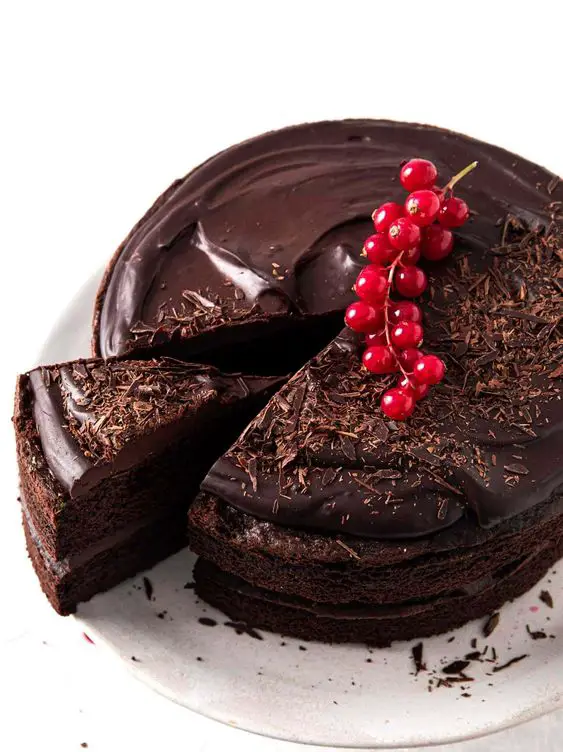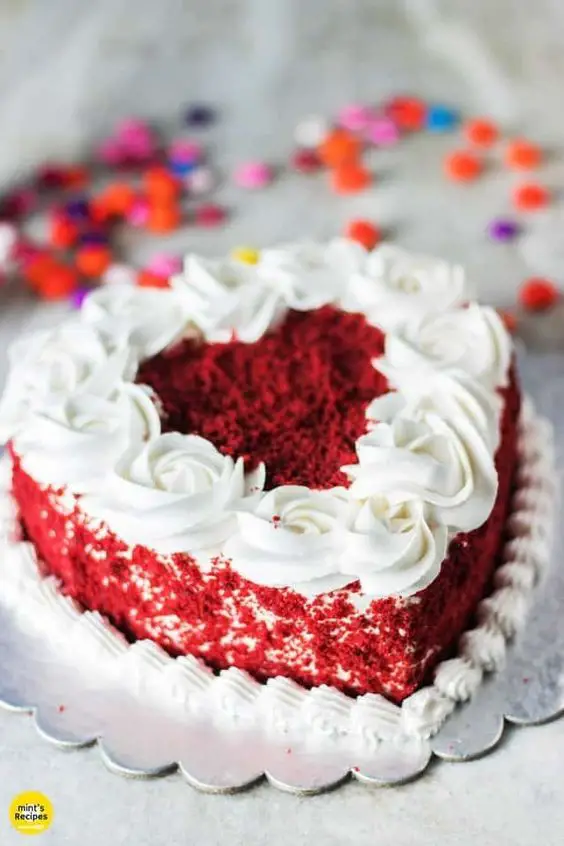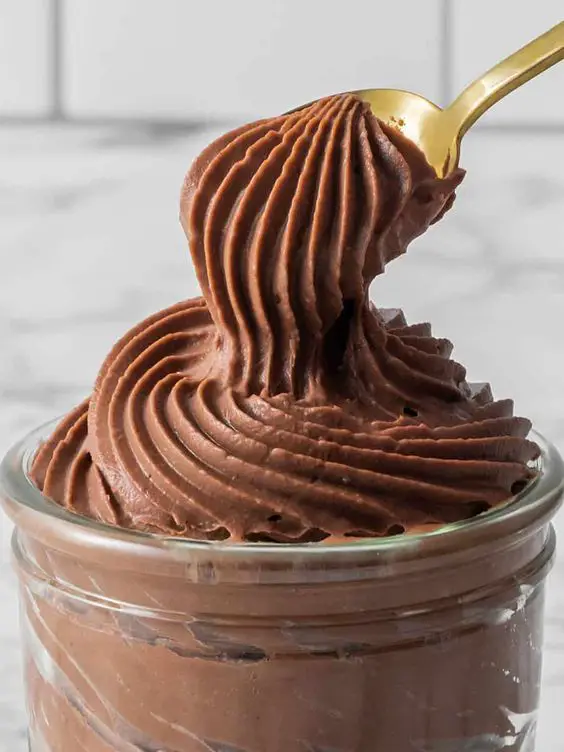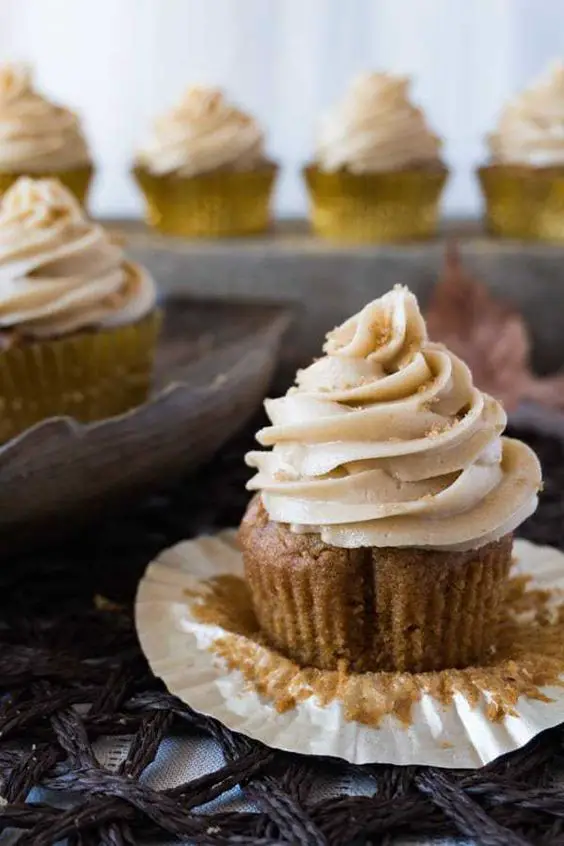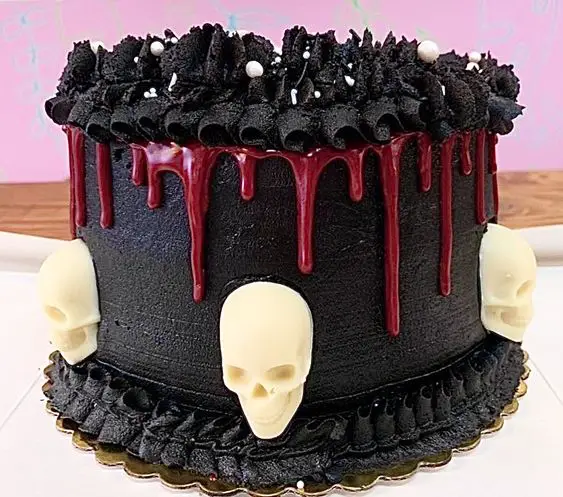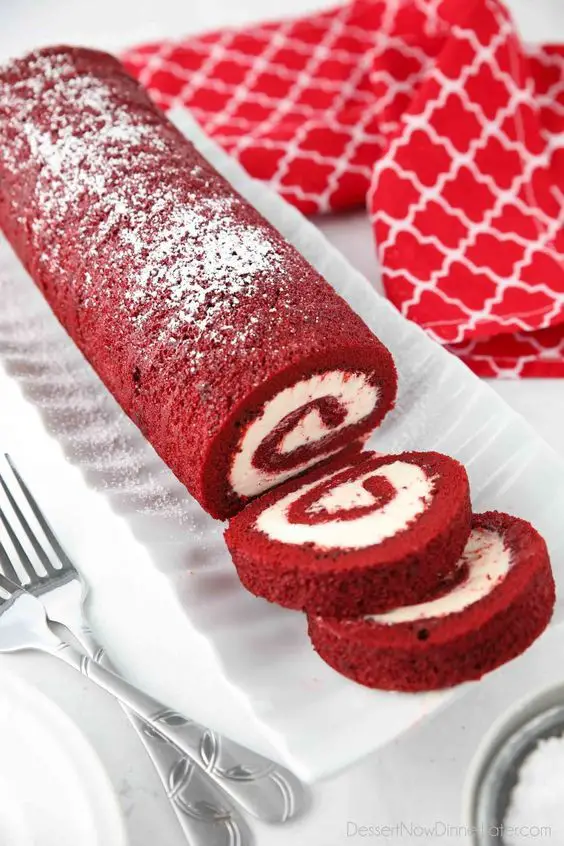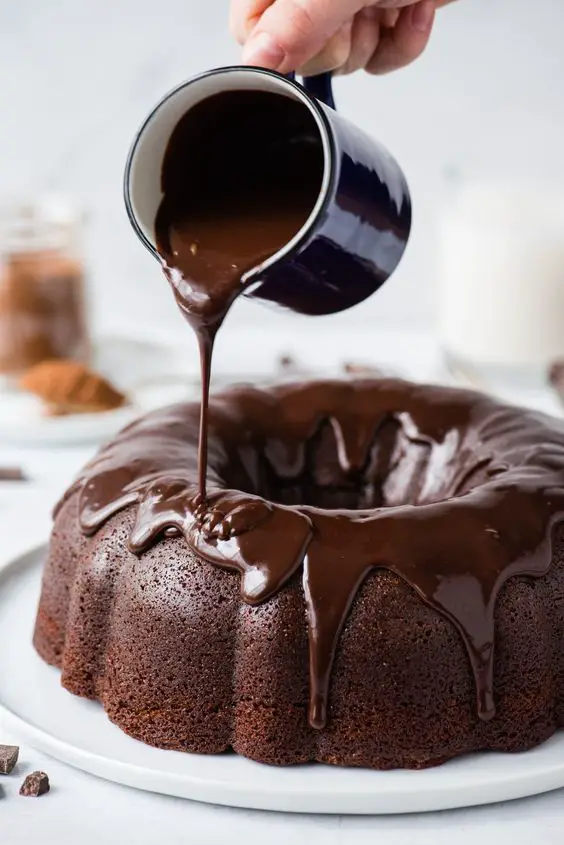Dark chocolate, often hailed as the “food of the gods,” is a luxurious and irresistibly rich delicacy that has captivated the hearts of chocolate enthusiasts for centuries. Crafted from the finest cocoa beans, dark chocolate boasts a higher cocoa content than its milk chocolate counterpart, endowing it with a distinct bittersweet flavor profile that tantalizes the taste buds. Loved for its velvety texture and indulgent taste, this delectable treat has not only become a beloved dessert but also an object of fascination among health-conscious consumers for its potential health benefits. As we delve into the enticing world of dark chocolate, prepare to discover the delightful harmony of flavors that make it an unforgettable culinary experience and a true celebration of the cocoa bean’s extraordinary essence.

What is Dark Chocolate?
Dark chocolate is a type of chocolate that is made primarily from cocoa solids and cocoa butter, with little to no milk solids or milk fat added. It is known for its distinct bittersweet taste, higher cocoa content, and deep, rich flavor profile. Dark chocolate is produced by mixing cocoa solids, cocoa butter, and sugar, and it often includes emulsifiers and flavorings to enhance its texture and taste.
The cocoa content in dark chocolate typically ranges from 50% to 90%, with higher percentages indicating a more intense cocoa flavor and less sweetness. Unlike milk chocolate, which contains milk powder or condensed milk, dark chocolate is dairy-free or contains minimal traces of milk.
Dark chocolate is celebrated not only for its delectable taste but also for its potential health benefits. It is known to be a rich source of antioxidants, particularly flavonoids, which may contribute to various health advantages, including potential heart health support, improved cognitive function, and possible mood enhancement.
With its indulgent yet complex taste and the allure of potential health benefits, dark chocolate has become a beloved treat for chocolate connoisseurs and health-conscious individuals alike. It is used in various culinary creations, from desserts and confections to hot beverages and even savory dishes, making it a versatile and cherished ingredient worldwide.

The Health Benefits of Dark Chocolate: A Guilt-Free Pleasure
Dark chocolate, once considered merely a delectable indulgence, has now become a surprising source of potential health benefits. This sumptuous treat, derived from the cacao bean, is rich in antioxidants, fiber, and essential minerals. With its lower sugar content and higher cocoa concentration compared to other chocolate varieties, dark chocolate has garnered attention for its possible positive effects on overall well-being.
Studies suggest that moderate consumption of dark chocolate may contribute to heart health by promoting healthy blood flow and supporting optimal cholesterol levels. Additionally, the powerful antioxidants found in dark chocolate, known as flavonoids, have been linked to potential cognitive benefits, enhancing brain function and supporting memory.
As we delve into the delightful world of dark chocolate’s health benefits, we discover that this guilt-free pleasure offers not only a moment of blissful indulgence but also a path towards potential wellness. So, treat yourself to the alluring allure of dark chocolate while reaping its potential rewards for a healthier and happier you.

Why you will love Dark Chocolate?
There are numerous reasons:
- Rich, Luxurious Flavor: Dark chocolate’s bittersweet taste and deep, complex flavor profile offer a delightful sensory experience. Its intense cocoa notes are perfect for those who appreciate the rich taste of pure chocolate.
- Potential Health Benefits: Dark chocolate contains antioxidants and flavonoids, which have been associated with potential health benefits such as improved heart health and cognitive function. Indulging in dark chocolate can be a guilt-free pleasure with the added allure of possible wellness advantages.
- Versatility in Culinary Creations: Dark chocolate’s versatile nature allows it to be used in a myriad of culinary delights. From being a key ingredient in decadent desserts to adding depth to savory dishes, its adaptability makes it an essential and cherished ingredient.
- Mood Enhancing: Savoring a piece of dark chocolate can create a pleasurable and comforting experience. The release of endorphins triggered by its consumption may contribute to an uplifted mood and a sense of well-being.
- Quality Ingredients: Dark chocolate is crafted from high-quality cocoa beans, ensuring that you are enjoying the pure essence of chocolate without excessive additives.
- Elevated Anticipation: The anticipation of savoring a piece of dark chocolate can be as delightful as the taste itself. Unwrapping a rich, velvety piece of dark chocolate can evoke a sense of excitement and satisfaction.
- Diverse Varieties: Dark chocolate comes in a range of cocoa percentages, allowing you to choose the intensity of cocoa flavor that suits your taste preferences. Whether you prefer a milder 50% or an intense 90% cocoa content, there’s a dark chocolate for everyone.
- A Moment of Indulgence: Taking a moment to enjoy a piece of dark chocolate provides a simple yet indulgent break from the routine, allowing you to savor the little joys in life.
- Timeless Pleasure: Throughout history, dark chocolate has been revered and cherished, making it a timeless treat that transcends generations and cultures.
- Shared Enjoyment: Sharing a piece of dark chocolate with loved ones or gifting it to someone special can create meaningful connections and moments of shared pleasure.
In conclusion, [Dark Chocolate] offers an array of compelling reasons to fall in love with this exquisite treat. From its rich flavor and potential health benefits to its versatility and timeless appeal, dark chocolate is a beloved indulgence that brings joy and delight to chocolate enthusiasts worldwide.

Frequently Asked Questions about Dark Chocolate:
1. What is the difference between dark chocolate and milk chocolate? Dark chocolate has a higher cocoa content and little to no milk solids, resulting in a more intense and bittersweet flavor. Milk chocolate, on the other hand, contains milk powder or condensed milk, giving it a creamier and sweeter taste.
2. How much cocoa is considered “dark” chocolate? The cocoa content in dark chocolate typically ranges from 50% to 90%. To be labeled as dark chocolate, it usually needs to have a minimum of 50% cocoa content.
3. Does dark chocolate contain caffeine? Yes, dark chocolate contains a small amount of caffeine, but the levels are generally lower than what is found in coffee or tea. The caffeine content in dark chocolate can vary based on the brand and cocoa percentage.
4. Can I store dark chocolate in the refrigerator? While it’s best to store dark chocolate in a cool, dry place away from direct sunlight, you can store it in the refrigerator if necessary. However, be cautious about potential moisture absorption or condensation on the chocolate’s surface, as it can affect the texture and appearance.
5. Why does my dark chocolate have a white film on the surface? The white film on the surface of dark chocolate is called “chocolate bloom.” It occurs when the cocoa butter in the chocolate rises to the surface and crystallizes. Bloom is usually caused by temperature fluctuations or improper storage. While it may not look appealing, chocolate with bloom is still safe to eat, but its texture may be affected.
6. Can dark chocolate trigger allergies? Dark chocolate is generally safe for most people. However, individuals with allergies to cocoa, soy lecithin (an emulsifier), or nuts should check the ingredients list to ensure it is safe for consumption.
7. Can dark chocolate be used for baking and cooking? Yes, dark chocolate can be used in various baking and cooking recipes, such as cakes, cookies, brownies, and sauces. Choose a dark chocolate with a cocoa percentage that complements the recipe’s desired flavor intensity.
8. Is dark chocolate vegan-friendly? Dark chocolate without added milk solids or other animal-derived ingredients is typically vegan-friendly. However, always check the ingredients list to ensure it aligns with your dietary preferences.
9. Can I consume dark chocolate if I am on a low-sugar diet? Dark chocolate generally contains less sugar than milk chocolate, but the exact amount can vary between brands and cocoa percentages. Opt for dark chocolate with a higher cocoa content to reduce sugar intake.
10. Is dark chocolate safe for dogs and pets? No, dark chocolate (and all chocolate) is toxic to dogs and other pets due to the presence of theobromine. Keep chocolate out of reach from pets to avoid potential health risks.
Remember, while dark chocolate offers an array of delightful experiences and potential health benefits, it’s essential to enjoy it in moderation and be mindful of individual dietary restrictions or health considerations.
How to serve Dark Chocolate
Serving dark chocolate is a delightful experience that allows you to savor its rich and intense flavor. Here are various ways to serve and enjoy dark chocolate:
- As a Standalone Treat: Simply break a piece of dark chocolate from a chocolate bar and savor it on its own. Let it melt slowly in your mouth to fully appreciate its complex flavors.
- With Coffee or Tea: Dark chocolate pairs wonderfully with hot beverages like coffee or tea. Enjoy a square of dark chocolate alongside your morning brew or as an after-dinner treat.
- In Hot Chocolate: Melt dark chocolate into hot milk or a plant-based alternative to create a luscious and velvety cup of hot chocolate. Add a pinch of cinnamon or a dash of vanilla for extra flavor.
- As a Dessert Topping: Grate or shave dark chocolate over desserts like ice cream, cakes, pies, or puddings. The bittersweet taste adds a sophisticated touch to your favorite treats.
- In Baked Goods: Use dark chocolate chips or chunks in baking cookies, brownies, muffins, and other baked goods. The chocolate will melt and create pockets of rich goodness throughout your creations.
- With Fruits: Pair dark chocolate with fresh fruits like strawberries, raspberries, or bananas. Dip the fruits in melted dark chocolate or enjoy them side by side for a delectable combination.
- In Trail Mix: Mix dark chocolate chunks with nuts, dried fruits, and seeds to create a satisfying and flavorful trail mix.
- With Cheese: Create a unique and sophisticated dessert board by pairing dark chocolate with a selection of cheeses. The combination of sweet and savory flavors is a delightful treat for the taste buds.
- In Smoothies: Add a few pieces of dark chocolate to your favorite smoothie for a rich and indulgent twist.
- In Savory Dishes: Explore the culinary world by using dark chocolate in savory dishes, such as mole sauce, chili, or as a glaze for meat dishes. The chocolate adds depth and complexity to the flavors.
- As a Gift: Dark chocolate makes for a thoughtful and appreciated gift. Present it as a standalone bar or as part of a chocolate assortment.
Remember to store dark chocolate in a cool, dry place away from direct sunlight to preserve its quality. Dark chocolate is a versatile ingredient that can elevate various dishes or be savored on its own, making it a cherished treat for any occasion. Enjoy the delightful allure of dark chocolate in whichever way best suits your taste and culinary creativity.

How to store Dark Chocolate
Properly storing dark chocolate is essential to maintain its flavor, texture, and quality over time. Here are the steps to store dark chocolate effectively:
- Cool, Dry Place: Store dark chocolate in a cool, dry place away from direct sunlight and heat sources. An ideal storage temperature is around 60 to 70°F (15 to 21°C). Avoid storing it in the refrigerator unless the ambient temperature is consistently above 70°F (21°C).
- Avoid Moisture: Moisture can cause dark chocolate to develop a white film called “chocolate bloom.” To prevent this, keep the chocolate away from areas with high humidity, such as the kitchen sink or a humid storage cupboard.
- Airtight Container: Seal the dark chocolate in an airtight container or resealable plastic bag to protect it from odors and prevent it from absorbing unwanted flavors.
- Separate from Strong Odors: Dark chocolate can easily absorb strong odors from nearby foods. Keep it away from strong-smelling items like onions, garlic, and spices.
- Do Not Freeze: While refrigeration is not recommended, freezing dark chocolate is even more detrimental. Freezing can cause condensation to form on the chocolate’s surface, leading to potential texture changes and bloom.
- Avoid Refrigeration: Refrigerating dark chocolate can cause condensation to form on the surface when it is taken out, resulting in a less pleasant texture. However, if you live in a hot climate and have no other option, make sure to wrap the chocolate tightly in plastic wrap or seal it in an airtight container before refrigeration to minimize moisture exposure.
- Use-by Date: Check the expiration date on the dark chocolate packaging and consume it before that date for the best taste and quality.
By following these storage tips, you can ensure that your dark chocolate remains fresh, flavorful, and ready to be savored whenever you desire a moment of indulgence. Enjoy the rich and luxurious taste of well-preserved dark chocolate!
Dark Chocolate Recipe:
Ingredients:
- Cocoa Solids: 200 grams (Choose the desired cocoa percentage; e.g., 70% cocoa solids)
- Cocoa Butter: 100 grams
- Sugar: 80 grams (Adjust the quantity based on desired sweetness)
- Soy Lecithin: 2 grams (Optional, for smoother texture and easier mixing)
- Vanilla Extract: 1 teaspoon (5 grams) (Optional, for added flavor)
Instructions:
- Weigh 200 grams of cocoa solids to achieve the desired cocoa percentage, such as 70% cocoa solids. You can adjust the quantity based on your preference for a higher or lower cocoa content.
- Measure 100 grams of cocoa butter, which will provide the smooth and creamy texture characteristic of dark chocolate.
- Add 80 grams of sugar to the mixture. The amount can be adjusted depending on how sweet you want your dark chocolate.
- Optionally, include 2 grams of Soy Lecithin to the mixture. The emulsifier aids in creating a smoother texture and can help prevent separation.
- For added flavor, consider adding 1 teaspoon (5 grams) of vanilla extract to enhance the taste of the dark chocolate. This step is optional but can elevate the overall flavor profile.
- Using a double boiler or a microwave, melt the cocoa butter until it becomes a smooth liquid.
- Gradually add the cocoa solids to the melted cocoa butter, stirring continuously to create a homogeneous mixture.
- If using Soy Lecithin, add it to the mixture at this stage and continue stirring until well incorporated.
- Optionally, add the vanilla extract to infuse the dark chocolate with a delightful flavor.
- Continue stirring the mixture until all ingredients are thoroughly combined and a velvety smooth texture is achieved.
- Temper the dark chocolate to ensure a glossy finish and proper crystallization. Tempering involves heating and cooling the chocolate to specific temperatures in a controlled manner.
- Pour the tempered dark chocolate into molds or spread it on a parchment-lined tray for solid chocolate bars.
- Allow the dark chocolate to cool and solidify at room temperature or in the refrigerator. Avoid direct contact with moisture.
- Once the dark chocolate has set, remove it from the molds or cut it into desired shapes.
- Store the dark chocolate in a cool, dry place, away from direct sunlight, and keep it in an airtight container to maintain its quality.
Note: The above quantities are for illustrative purposes and can be adjusted based on the desired batch size, cocoa percentage, and sweetness preference. Be sure to experiment and taste-test as you create your perfect dark chocolate recipe!
Nutrition information:
The nutritional information for dark chocolate can vary based on the cocoa content and specific brand or recipe used. Below is the approximate nutritional values for a typical serving size of dark chocolate (about 1 ounce or 28 grams) with 70% cocoa content:
Nutrition Information for Dark Chocolate (70% Cocoa):
- Calories: Approximately 150-170 calories
- Total Fat: Approximately 12-14 grams
- Saturated Fat: Approximately 7-9 grams
- Cholesterol: Approximately 0 milligrams
- Sodium: Approximately 0-5 milligrams
- Total Carbohydrates: Approximately 12-14 grams
- Dietary Fiber: Approximately 2-4 grams
- Sugars: Approximately 7-9 grams
- Protein: Approximately 2-3 grams
Minerals:
- Iron: Approximately 1-3 milligrams (depending on the brand or cocoa content)
Vitamins:
- Magnesium: Approximately 50-60 milligrams (depending on the brand or cocoa content)
It’s important to note that the nutritional values provided are approximate and can vary based on the specific brand, cocoa content, and additional ingredients in the dark chocolate. Dark chocolate with higher cocoa content tends to be richer in antioxidants and may contain slightly different nutrient levels compared to chocolate with lower cocoa content.
Dark chocolate is a source of various nutrients, including iron and magnesium, and is also known for its potential antioxidant properties. However, it is also relatively high in calories and fat, so it’s best enjoyed in moderation as part of a balanced diet. Always check the product packaging or use a reliable nutrition database for precise nutritional information on the specific dark chocolate you consume.
Conclusion, my thoughts on Dark Chocolate:
Dark Chocolate: A Decadent Delight with Healthful Charms
Dark chocolate, an irresistible indulgence and a testament to the artistry of cocoa, enchants taste buds with its luscious bittersweet symphony. Crafted from the finest cocoa solids and cocoa butter, this luxurious treat captivates chocolate enthusiasts with its rich, velvety texture and deep, complex flavors. With a higher cocoa content and minimal sugar, dark chocolate entices the discerning palate, offering a sensory experience like no other.
Beyond its delectable taste, dark chocolate has emerged as a surprising source of potential health benefits. Abundant in antioxidants, it whispers promises of heart health support, cognitive enhancement, and mood upliftment. A delightful bridge between pleasure and wellness, this enigmatic confection has sparked fascination among those seeking a guilt-free escape into its captivating allure.
Whether relished as a standalone treat, blended into velvety hot cocoa, or graced upon sumptuous desserts, dark chocolate never ceases to captivate. From its versatile culinary role to its potential role in enhancing well-being, dark chocolate remains a timeless delight celebrated across cultures and generations.
Indulge in the divine charms of dark chocolate, knowing that each bite may hold a hidden promise of delight and perhaps a touch of nourishment for both body and soul.
Happy baking!



